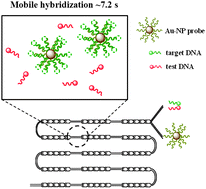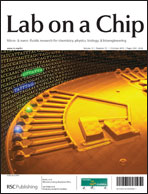Enhanced mobile hybridization of gold nanoparticles decorated with oligonucleotide in microchannel devices
Abstract
Mobile hybridization is a concept proposed and verified herein. We have designed a microfluidic device that is capable of enhancing passive


 Please wait while we load your content...
Please wait while we load your content...